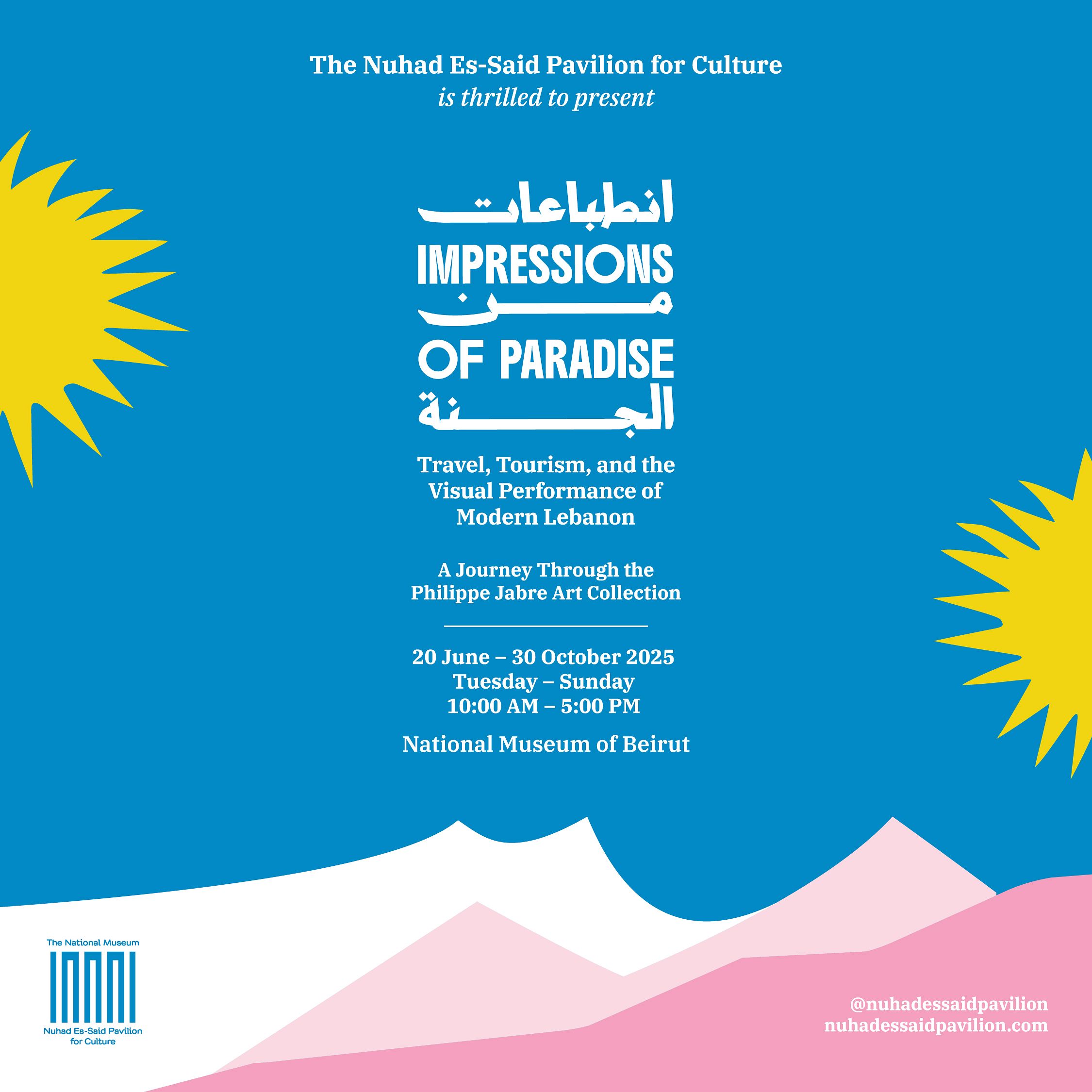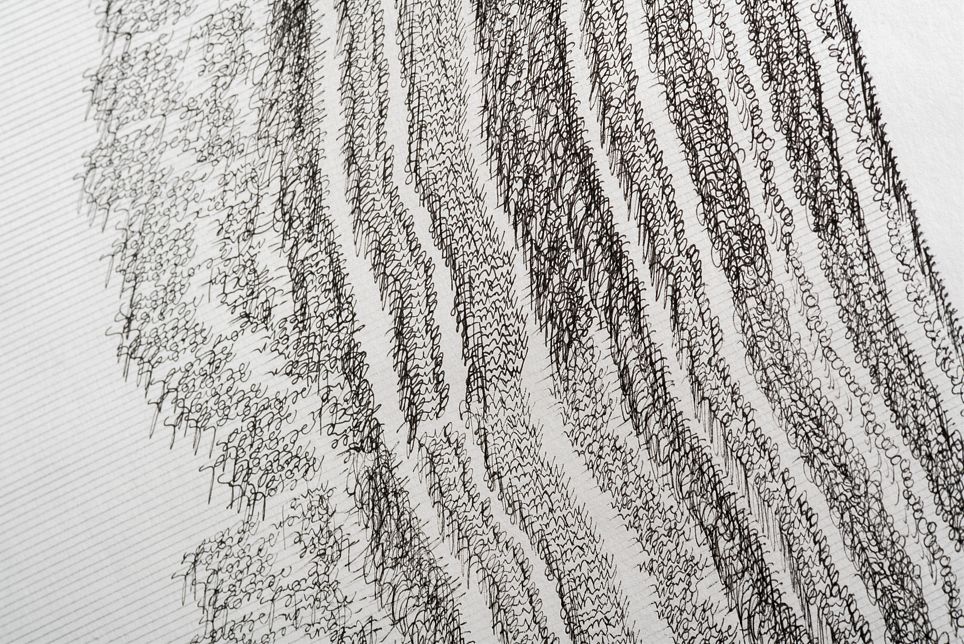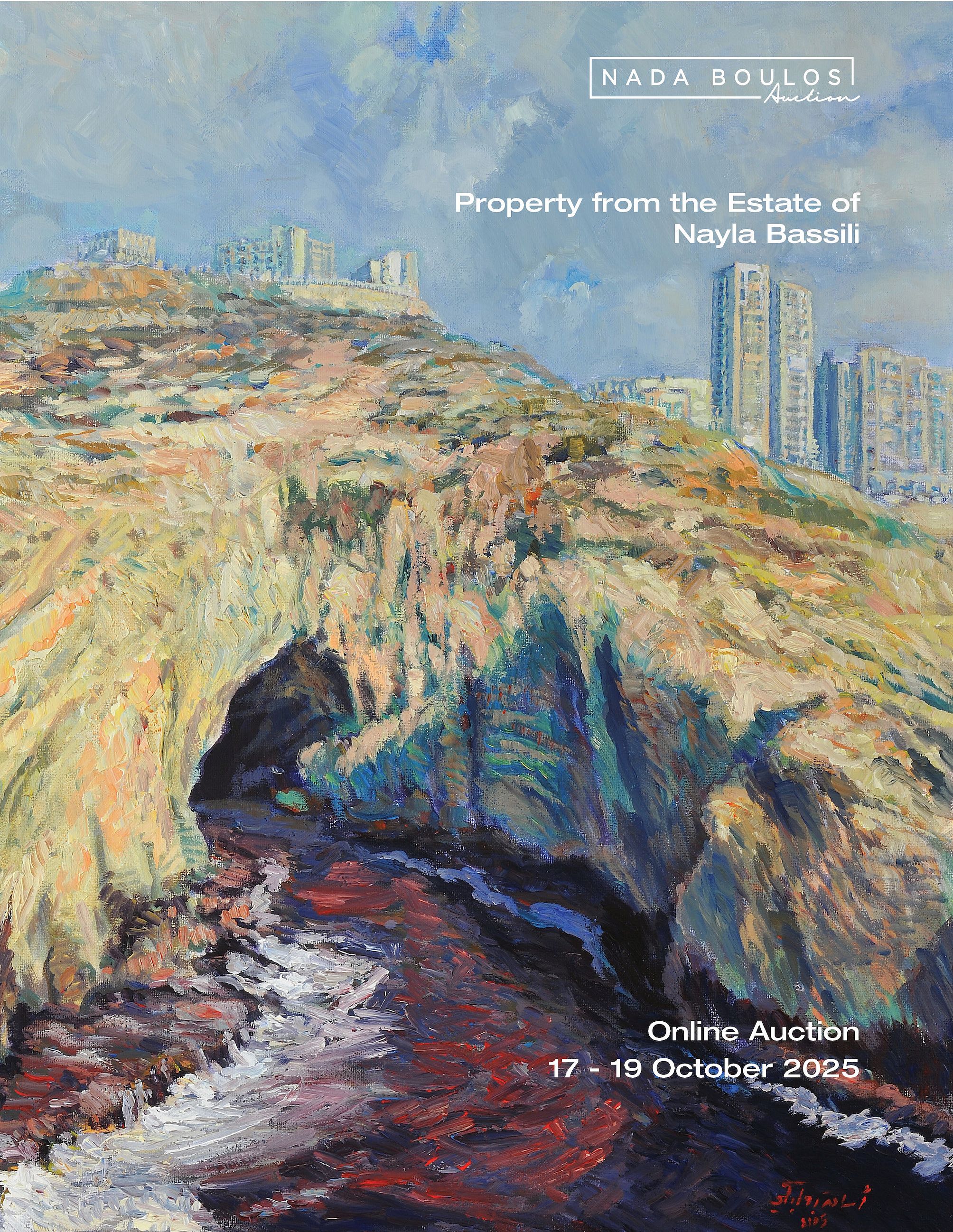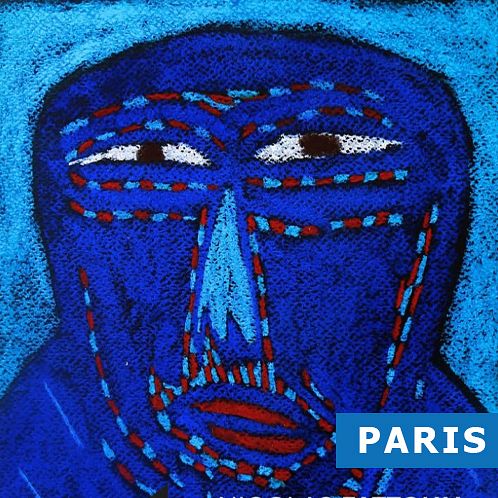
To stay - Beirut
ArtDu 11/11/2021 à 17:30 jusqu'au 20/11/2021 à 17:30
n a few paintings, Nasser Ajami hopes to chronicle for living human beings the history of other human beings who are still breathing under the rubble. What is a person suffocating under the rubble even capable of expressing? Even the naked scream remains hollow, one uttered in vain. It is better to look at your own memories and think back on how you were once an active youth that loved, befriended, hugged, kissed, and showed kindness to many men and women. My life deserves to be recognized and remembered with sorrow by others. This is not the farewell .of the dying but the decree of a survivor from the blast Usually, artists tend to represent and bring back to life the dead, the dead being men, women, a city, or a port. A large part of Beirut met its death on the infamous August 4, 2020.
But if there is any hope to muster for the survival of this country or for its ability to resume its own breathing, it is incumbent upon artists to repaint what has been destroyed and to memorialize those who have died. Ajami’s paintings portray the opposite: we wish to erect memorials for our ruins (Atlal), the ruins of our lives, memories, houses, .books, and paintings Before the Port explosion, the silos never evoked any reactions. They were simply structures performing their duties the best or the worst way they could. But the enormous explosion turned these silos into a living thing, a being suffering from and enduring much pain, one whose face displays scars and whose body reveals countless wounds. Furthermore, this being—born from the death of things and their subsequent stagnation—has almost become both a threatening and a critical force, as if it were yelling at passers-by: Don’t leave me alone to my destiny. And, in Beirut, where many a catastrophe has taken place, passers-by do pass either through a catastrophe or move on from it to any other place, driven by a very strong desire .to remain distant from devastation Nasser Ajami might be indeed one of these people; he probably is. But he moves from occupying the position of the resident to that of the passer-by.
He wishes to say farewell to this place and to send his love and hugs to the ones he loves, and in so doing he hopes to comfort those who have been hurt and to lull to sleep others still unable to .fall asleep The silos, as depicted in these paintings, resemble those beings to whom you give weight in your own life and in your own memories. Once painted, they acquire a face, a dream, a memory, an idea, a dark cloud, as if you wished to say that the silent death of these creatures has been preceded by the death of their dreams, the places of their memories, their ideas, and their convictions. What remains for a human being when he or she lives in a homeland that is no ?longer viable as one The paintings are few, but life is similarly short, if not in fact shorter. Something in these paintings at least proves that a person or a group values the past of this country, not necessarily a proud past but one that once brimmed with hope and aspirations. Primarily and essentially, these paintings foreground what remains. And what remains is nothing more than wounds. Maybe it is for the first time in the history of this country, or more specifically in its recent past, that everything has become prone to disintegration, death, and obliteration, except for wounds, as these will continue to ooze blood from a non-place
ÉVÉNEMENTS SIMILAIRES






